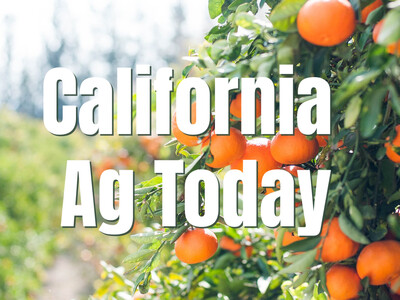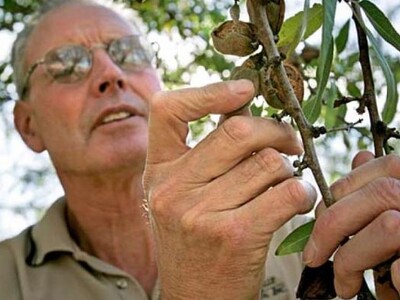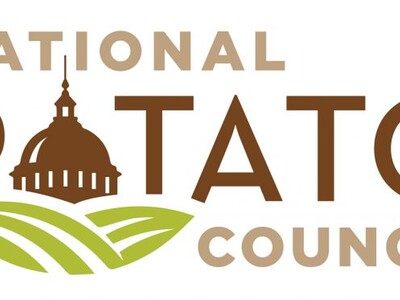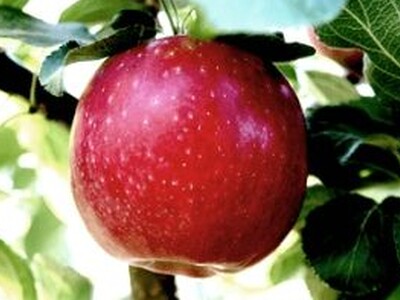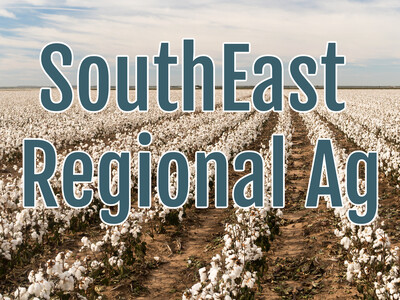5-24 IAN Rotation Crop
A great way to look at a rotation crop.
Dr. Jack Brown, is a professor and 20-year member of the College of Agricultural and Life Sciences faculty at Moscow.With more than a dozen canola, rapeseed and mustard varieties available to growers, Brown is most identified with the oilseeds that turn thousands of acres across the Northwest golden each spring and summer. But when it comes to canola, he has special thoughts about it as a rotation crop. Canola is a great rotational crop because it breaks disease cycles, it adds organic matter to the soil which is desperately lacking in Idaho and in the dry land Palouse, it has a taproot system that breaks up soil structure gives and better soil health, it stops soil diseases, allows farmers to control grassy weeds, and just really good rotational crop. However, farmers cannot afford to grow rotational crops just because they help the crops that follow. Rotational crops have to have some kind of profitability. And that is where the better cultivars and better agronomies come in over the last 5 or 10 years. The final rotational benefits are better price. Future canola prices are running $.25-$.28 per pound. 10 years ago it was $.06 a pound.






